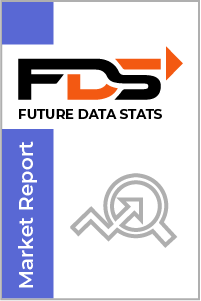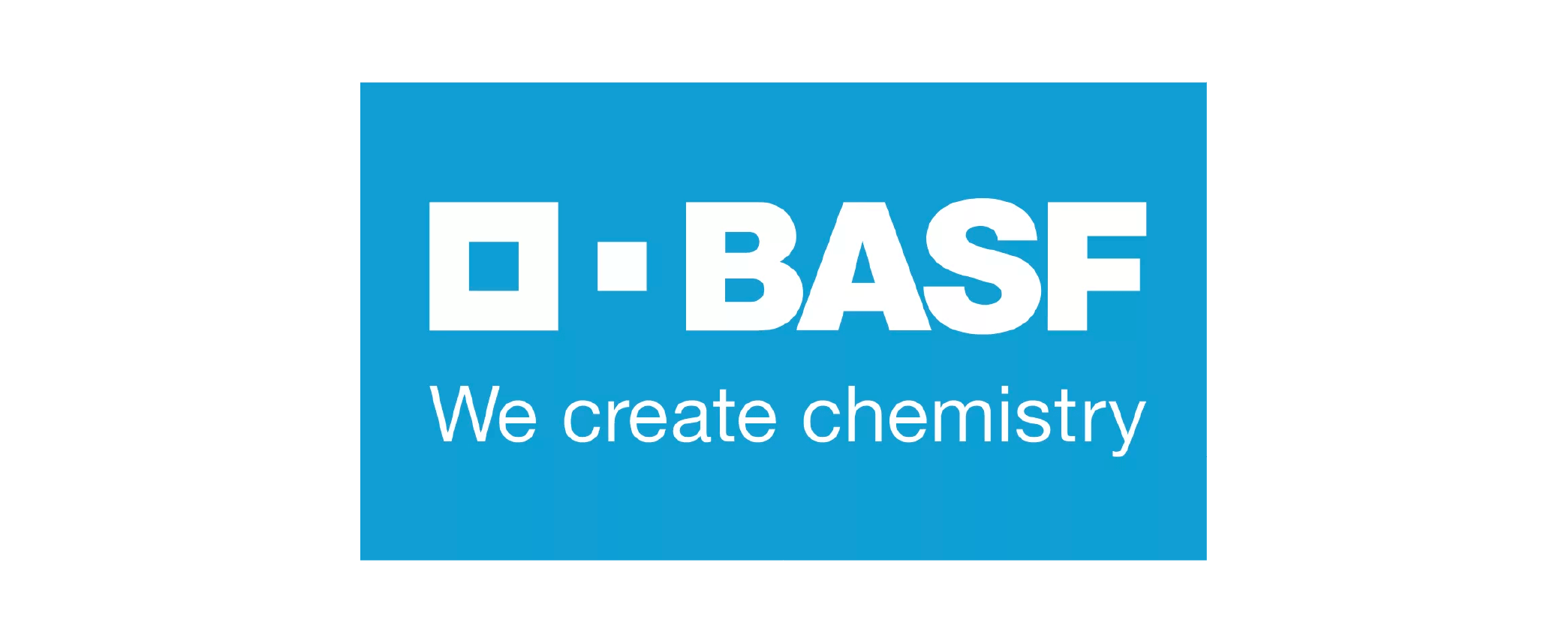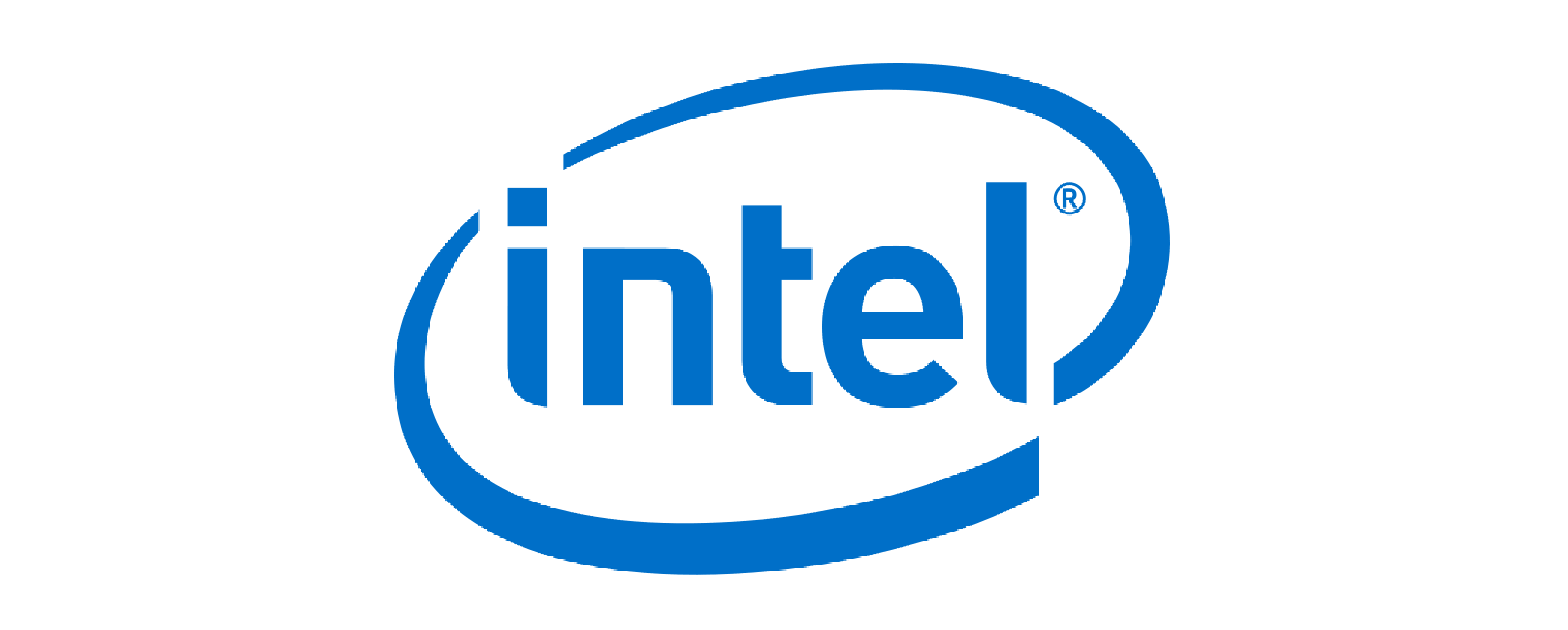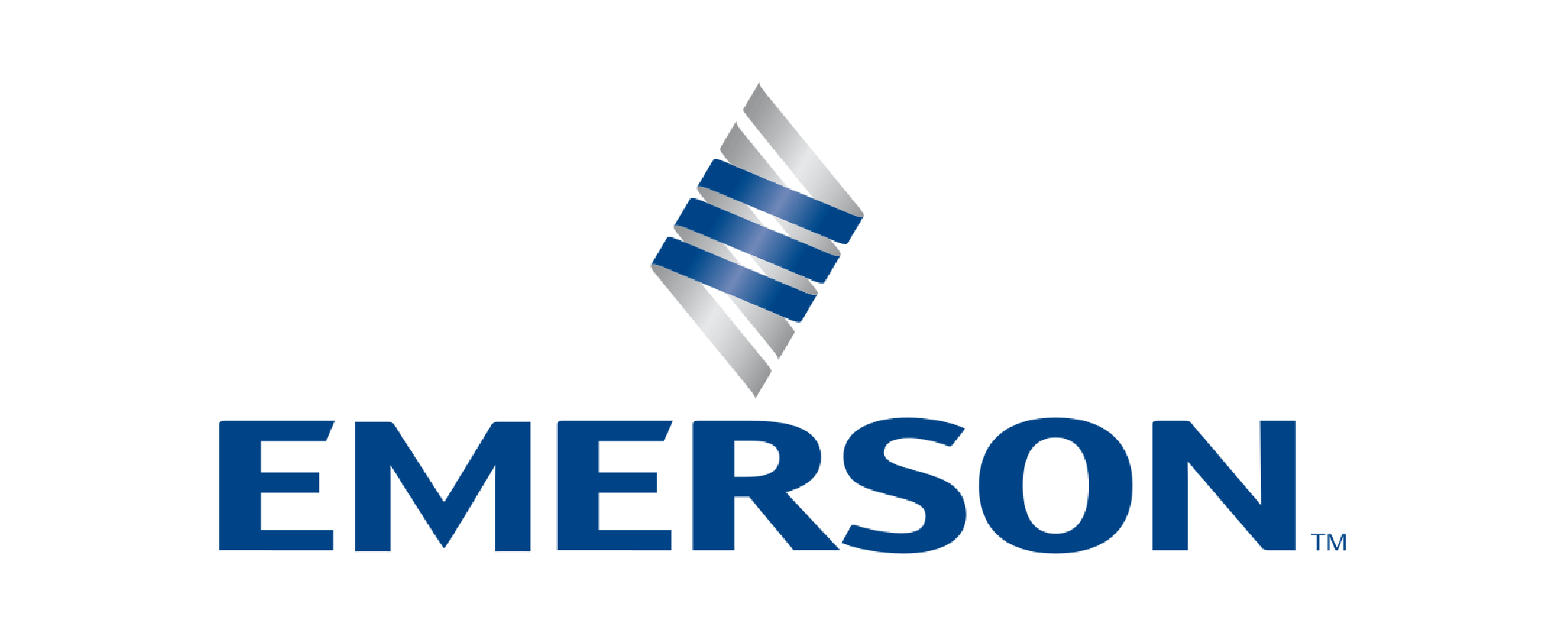The global Test Management Software market size was valued at USD 0.82 billion in 2023 and is projected to expand at a compound annual growth rate (CAGR) of 13.2% during the forecast period, reaching a value of USD 13.2 billion by 2030.
Test Management Software market research report by Future Data Stats, offers a comprehensive view of the market's historical data from 2018 to 2021, capturing trends, growth patterns, and key drivers. It establishes 2022 as the base year, analyzing the market landscape, consumer behavior, competition, and regulations. Additionally, the report presents a well-researched forecast period from 2023 to 2030, leveraging data analysis techniques to project the market's growth trajectory, emerging opportunities, and anticipated challenges.
MARKET OVERVIEW:
Test Management Software plays a pivotal role in the efficient planning and execution of software testing processes. This specialized tool serves as a centralized hub for organizing test cases, tracking test execution, and managing the overall testing workflow. With its user-friendly interface, testers can easily create and organize test plans, ensuring comprehensive coverage across different scenarios. This software also facilitates collaboration among team members, allowing seamless communication and real-time updates on testing progress. By streamlining test management activities, teams can enhance their productivity, reduce errors, and deliver high-quality software products.
In practice, Test Management Software acts as a control center, providing a structured framework for test planning, monitoring, and reporting. Testers can systematically design test cases, assign them to team members, and monitor the execution progress in a transparent manner. The software's reporting capabilities enable stakeholders to gain valuable insights into the project's testing status, identify potential bottlenecks, and make informed decisions to improve overall software quality. As an indispensable tool in the software development lifecycle, Test Management Software empowers teams to deliver reliable and robust applications through systematic and well-organized testing processes.
MARKET DYNAMICS:
The increasing complexity of software development projects. As applications become more intricate and feature-rich, the need for robust testing processes escalates. Test Management Software provides a systematic approach to handle the diverse testing requirements, ensuring comprehensive coverage and early detection of defects. This capability becomes crucial in maintaining software quality and meeting the ever-growing expectations of end-users.
While the market experiences positive momentum, there are also certain restraints that influence its dynamics. Integration challenges with existing development and testing ecosystems can hinder the seamless implementation of Test Management Software. Organizations may face resistance to change or encounter compatibility issues, slowing down the adoption rate. Additionally, concerns related to data security and privacy can act as a restraint, prompting businesses to thoroughly evaluate the security features of Test Management Software solutions before integration. Despite these challenges, the market presents opportunities for growth, driven by the increasing demand for cloud-based testing solutions, advancements in automation technologies, and the continual evolution of software development practices.
TEST MANAGEMENT SOFTWARE MARKET SEGMENTAL ANALYSIS
BY TYPES:
Organizations are increasingly drawn to the flexibility and scalability offered by cloud solutions, allowing them to efficiently manage testing processes without the constraints of on-premise infrastructure. Cloud-based Test Management Software empowers teams to collaborate seamlessly, access resources remotely, and adapt to changing project requirements with ease. The demand for agile and remote work environments further propels the growth of cloud-based solutions in the Test Management Software market.
In contrast, on-premise Test Management Software retains its relevance, especially for organizations with specific security and compliance requirements. Some industries necessitate localized control over testing processes and data, making on-premise solutions a preferred choice. This type of Test Management Software provides a sense of autonomy to organizations that prioritize in-house management and control of their testing environments. While cloud-based solutions gain traction, the on-premise segment continues to cater to enterprises valuing traditional and secure deployment options.
Another noteworthy category in the Test Management Software market is the open-source Test Management Software. This type offers a cost-effective alternative, allowing organizations to leverage community-driven development and customization. Open-source solutions empower users to adapt and modify the software according to their specific needs, fostering a collaborative approach within the testing community.
BY APPLICATION:
Agile methodologies require a flexible and adaptive approach to testing, and Test Management Software facilitates seamless communication among cross-functional teams, ensuring efficient test planning, execution, and continuous improvement. As organizations increasingly adopt Agile methodologies, the demand for Test Management Software tailored to these practices continues to rise, establishing it as a key driver in the market.
Waterfall Testing represents another crucial application area for Test Management Software. In traditional Waterfall methodologies, the testing process follows a linear and sequential path, emphasizing thorough testing at each stage before progressing to the next. Test Management Software enables organizations to organize and manage the extensive testing requirements inherent in Waterfall models. It ensures comprehensive test coverage, traceability, and documentation, helping teams adhere to the structured nature of Waterfall methodologies while maintaining efficiency and quality throughout the software development lifecycle.
In the context of DevOps, Test Management Software emerges as an essential tool to bridge the gap between development and operations. DevOps Testing involves continuous testing and integration throughout the development and delivery pipeline. Test Management Software facilitates automation, collaboration, and real-time feedback, enabling seamless integration of testing processes into the DevOps workflow.
BY INDUSTRY VERTICAL:
In the IT & Telecom sector, where software development is at the core of operations, Test Management Software emerges as a critical tool. The dynamic nature of IT projects requires efficient test planning, execution, and continuous monitoring, making Test Management Software an indispensable asset for ensuring the quality and reliability of software applications in this industry.
In the Banking, Financial Services, and Insurance (BFSI) sector, where security and precision are paramount, Test Management Software plays a vital role in validating software applications. Ensuring the accuracy and reliability of financial systems and transactions is imperative, and Test Management Software facilitates thorough testing to meet the stringent regulatory standards and customer expectations. The BFSI industry relies on Test Management Software to manage complex testing scenarios, ensuring the integrity and security of financial software.
The healthcare industry, with its increasing reliance on technology, also finds Test Management Software to be instrumental in maintaining the quality and effectiveness of healthcare software applications. From electronic health records to medical imaging systems, the healthcare sector benefits from Test Management Software to validate the functionality, security, and compliance of critical software solutions.
REGIONAL ANALYSIS:
North America stands out as a significant player, driven by a mature IT industry and a robust emphasis on technological advancements. The region's high adoption rate of Test Management Software is propelled by the need for stringent quality assurance measures in software development, contributing to the overall growth of the market. Furthermore, the presence of key market players and a proactive approach towards technological innovation solidify North America's position as a dominant force in the Test Management Software market.
Europe follows suit with a strong foothold in the Test Management Software market, driven by a diverse range of industries emphasizing quality and efficiency in software development. Countries within the European Union leverage Test Management Software to streamline testing processes, adhere to regulatory standards, and enhance overall software reliability. Meanwhile, the Asia Pacific region is emerging as a dynamic player, witnessing substantial growth attributed to increasing IT investments, a booming software development sector, and a rising awareness of the importance of structured testing practices. As businesses in Asia Pacific strive for global competitiveness, Test Management Software becomes a crucial asset to ensure the delivery of high-quality software products.
COVID-19 IMPACT:
As businesses worldwide adapted to remote work environments, the demand for Test Management Software surged, driven by the need for efficient collaboration and streamlined testing processes. The pandemic underscored the importance of robust software testing as organizations faced unprecedented challenges in delivering reliable applications amidst disruptions. Test Management Software became a critical asset in maintaining software quality, enabling teams to coordinate testing efforts seamlessly and ensuring the smooth functioning of software development projects despite the global upheaval.
Moreover, the COVID-19 impact accelerated the adoption of cloud-based Test Management Software, as organizations sought flexible and scalable solutions to support remote teams. Cloud-based platforms facilitated remote access to testing resources, enhanced collaboration, and provided a resilient infrastructure for continuous testing.
KEY MARKET PLAYERS:
- Micro Focus
- Zephyr
- PractiTest
- TestRail
- qTest
- Helix ALM (formerly TestTrack)
- TestLink
- QAComplete
- IBM Engineering Test Management
- Microsoft Azure DevOps
- TestLodge
- Testuff
- Kualitee
- SpiraTest
- Xray (Xpand IT)
- TestCollab
- Testuff
- Katalon TestOps
- TestMonitor
- Testpad
- TestRail
- Zoho Test Management
- ReQtest
- TestMatick
- TestFLO
Table of Contents
Introduction
1.1 Background
1.2 Purpose of the Report
1.3 Scope and Limitations
Executive Summary
2.1 Key Findings
2.2 Market Highlights
2.3 Major Trends
Market Overview
3.1 Definition of Test Management Software
3.2 Evolution of the Market
3.3 Market Segmentation
3.3.1 By Type
3.3.2 By Deployment
3.3.3 By End-User
Market Dynamics
4.1 Drivers
4.1.1 Increasing Demand for Quality Assurance
4.1.2 Advancements in Testing Technologies
4.2 Restraints
4.2.1 Security Concerns
4.2.2 High Initial Costs
4.3 Opportunities
4.3.1 Emerging Markets
4.3.2 Integration with DevOps Practices
Key Players
5.1 Company A
5.1.1 Overview
5.1.2 Product Portfolio
5.1.3 Financial Performance
5.2 Company B
5.2.1 Overview
5.2.2 Product Portfolio
5.2.3 Financial Performance
Market Share Analysis
6.1 By Company
6.2 By Region
6.3 By End-User
Recent Developments
7.1 Mergers and Acquisitions
7.2 Product Launches
7.3 Collaborations
Market Challenges
8.1 Regulatory Compliance
8.2 Compatibility Issues
8.3 Skills Gap
Future Outlook
9.1 Emerging Technologies
9.2 Market Trends
9.3 Future Challenges and Opportunities
Conclusion
Appendix
11.1 Methodology
11.2 Data Sources
11.3 Disclaimer
Test Management Software Market Segmentation
By Types:
- Cloud-based Test Management Software
- On-premise Test Management Software
- Open-source Test Management Software
By Application:
- Agile Testing
- Waterfall Testing
- DevOps Testing
By Industry
- IT & Telecom
- Banking, Financial Services, and Insurance
- Healthcare
- Retail & E-commerce
- Manufacturing
- Government & Defense
- Others
By Geography:
- North America (USA, Canada, Mexico)
- Europe (Germany, UK, France, Russia, Italy, Rest of Europe)
- Asia-Pacific (China, Japan, South Korea, India, Southeast Asia, Rest of Asia-Pacific)
- South America (Brazil, Argentina, Columbia, Rest of South America)
- Middle East and Africa (Saudi Arabia, UAE, Egypt, Nigeria, South Africa, Rest of MEA)
Key Reasons to Buy this Report
- Comprehensive Insights: Market research reports provide in-depth and comprehensive insights into various industries, markets, and sectors. These reports are prepared after extensive data collection, analysis, and interpretation, offering you valuable information and a clear understanding of market trends, dynamics, and opportunities.
- Future Predictions: Market research reports often include future data statistics, forecasts, and predictions. These predictions are based on rigorous analysis and modeling techniques, taking into account various factors such as market growth drivers, challenges, and emerging trends. By accessing these future data stats, you can make informed decisions and develop strategies that align with the projected market scenarios.
- Industry Analysis: Market research reports offer detailed industry analysis, including factors such as market size, market share, competitive landscape, and key players. These reports provide an overview of the industry's current status, growth potential, and competitive dynamics, enabling you to identify lucrative opportunities and stay ahead of the competition.
- Market Trends and Opportunities: By purchasing market research reports, you gain access to up-to-date information on market trends and emerging opportunities. These reports highlight the latest consumer preferences, technological advancements, regulatory changes, and other influential factors shaping the market landscape. Keeping track of these trends helps you identify potential growth areas and adapt your business strategies accordingly.
- Risk Mitigation: Investing in a market research report can help mitigate risks associated with market uncertainties. The reports provide insights into potential risks, challenges, and barriers to entry in specific markets or industries. With this knowledge, you can develop risk mitigation strategies, anticipate market fluctuations, and make informed decisions to minimize potential losses.
- Investment Decision Support: Market research reports are valuable tools for investors, venture capitalists, and financial institutions. These reports provide reliable and data-driven information that aids in investment decision-making processes. By analyzing market research reports, investors can evaluate the market potential, assess the feasibility of investment opportunities, and gauge the expected returns on investment.
- Product Development and Innovation: Market research reports offer insights into consumer preferences, needs, and demands. This information can be leveraged for product development and innovation. By understanding the market dynamics and consumer behavior, you can tailor your products or services to meet the evolving needs of your target audience, leading to enhanced customer satisfaction and market success.
- Strategic Planning: Market research reports serve as a foundation for strategic planning. They provide a comprehensive overview of the market landscape, competitive positioning, and growth potential. With this knowledge, you can develop effective business strategies, set realistic goals, and allocate resources efficiently. Strategic planning based on accurate market research helps optimize your operations and improve your chances of success.
- Market Entry and Expansion: For businesses looking to enter new markets or expand their existing operations, market research reports are indispensable. These reports provide insights into market dynamics, consumer behavior, regulatory frameworks, and competitive landscapes specific to the target markets. This information helps you assess the feasibility of market entry, identify potential obstacles, and develop market entry strategies that increase your chances of success.
- Evidence-Based Decision Making: Market research reports provide evidence-based data and analysis, enabling you to make informed decisions. Rather than relying on assumptions or guesswork, you can base your decisions on reliable information and market insights. Evidence-based decision making reduces the risk of costly mistakes and increases the likelihood of achieving your business objectives.
RESEARCH METHODOLOGY
With a collective industry experience of about 70 years of analysts and experts, Future Data Stats encompasses the most infallible research methodology for its market intelligence and industry analysis. Not only does the company dig deep into the innermost levels of the market, but also examines the minutest details for its market estimates and forecasts.
This approach helps build a greater market-specific view of size, shape, and industry trends within each industry segment. Various industry trends and real-time developments are factored into identifying key growth factors and the future course of the market. The research proceeds are the results of high-quality data, expert views & analysis, and valuable independent opinions. The research process is designed to deliver a balanced view of the global markets and allows stakeholders to make informed decisions, to attain their highest growth objectives.
Future Data Stats offers its clients exhaustive research and analysis, based on a wide variety of factual inputs, which largely include interviews with industry participants, reliable statistics, and regional intelligence. The in-house industry experts play an instrumental role in designing analytic tools and models, tailored to the requirements of a particular industry segment. These analytical tools and models distill the data & statistics and enhance the accuracy of our recommendations and advice.
With Future Data Stats calibrated research process and 360° data-evaluation methodology, the clients receive:
- Consistent, valuable, robust, and actionable data & analysis that can easily be referenced for strategic business planning
- Technologically sophisticated and reliable insights through a well-audited and veracious research methodology
- Sovereign research proceeds that present a tangible depiction of the marketplace
With this strong methodology, Future Data Stats ensures that its research and analysis is most reliable and guarantees sound business planning.
The research methodology of the global market involves extensive primary and secondary research. Primary research includes about 24 hours of interviews and discussions with a wide range of stakeholders that include upstream and downstream participants. Primary research typically is a bulk of our research efforts, coherently supported by extensive secondary research. Over 3000 product literature, industry releases, annual reports, and other such documents of key industry participants have been reviewed to obtain a better market understanding and gain enhanced competitive intelligence. In addition, authentic industry journals, trade associations’ releases, and government websites have also been reviewed to generate high-value industry insights.
Primary Research:
|
Primary Research
|
Desk Research
|
Company Analysis
|
|
• Identify key opinion leaders • Questionnaire design • In-depth Interviews • Coverage across the value chain
|
• Company Website • Company Annual Reports • Paid Databases • Financial Reports
|
• Market Participants • Key Strengths • Product Portfolio • Mapping as per Value Chain • Key focus segment
|
Primary research efforts include reaching out to participants through emails, telephonic conversations, referrals, and professional corporate relations with various companies that make way for greater flexibility in reaching out to industry participants and commentators for interviews and discussions.
The aforementioned helps to:
- Validate and improve data quality and strengthen the research proceeds
- Develop a market understanding and expertise
- Supply authentic information about the market size, share, growth, and forecasts
The primary research interview and discussion panels comprise experienced industry personnel.
These participants include, but are not limited to:
- Chief executives and VPs of leading corporations specific to an industry
- Product and sales managers or country heads; channel partners & top-level distributors; banking, investments, and valuation experts
- Key opinion leaders (KOLs)
Secondary Research:
A broad array of industry sources for the secondary research typically includes, but is not limited to:
- Company SEC filings, annual reports, company websites, broker & financial reports, and investor presentations for a competitive scenario and shape of the industry
- Patent and regulatory databases to understand technical & legal developments
- Scientific and technical writings for product information and related preemptions
- Regional government and statistical databases for macro analysis
- Authentic news articles, web-casts, and other related releases to evaluate the market
- Internal and external proprietary databases, key market indicators, and relevant press releases for market estimates and forecasts
|
PRIMARY SOURCES |
DATA SOURCES |
|
• Top executives of end-use industries • C-level executives of the leading Parenteral Nutrition companies • Sales manager and regional sales manager of the Parenteral Nutrition companies • Industry Consultants • Distributors/Suppliers
|
• Annual Reports • Presentations • Company Websites • Press Releases • News Articles • Government Agencies’ Publications • Industry Publications • Paid Databases
|
Analyst Tools and Models:
|
BOTTOM-UP APPROACH |
TOP-DOWN APPROACH |
|
· Arriving at · Arriving at · Market Share · Key Market Players |
· Key Market Players · Market Share · Arriving at · Arriving at |
Test Management Software Market Dynamic Factors
Drivers:
- Increasing demand for efficient software testing solutions.
- Growing complexity in software development projects.
- Emphasis on quality assurance and risk management.
- Adoption of agile and DevOps methodologies.
- Integration of advanced technologies in testing processes.
Restraints:
- Budget constraints in smaller enterprises.
- Resistance to change from traditional testing methods.
- Lack of skilled professionals in test management.
- Compatibility issues with existing systems.
- Concerns regarding data security and privacy.
Opportunities:
- Rising awareness of the benefits of test management tools.
- Expansion of the IT industry and digital transformation.
- Increasing need for automation in testing processes.
- Emerging markets and untapped potential.
- Customization and scalability for diverse business needs.
Challenges:
- Intense competition among test management software providers.
- Adapting to rapidly evolving technological landscapes.
- Ensuring seamless integration with other development tools.
- Addressing user resistance and ensuring user adoption.
- Managing and analyzing large volumes of test data effectively.
Frequently Asked Questions















